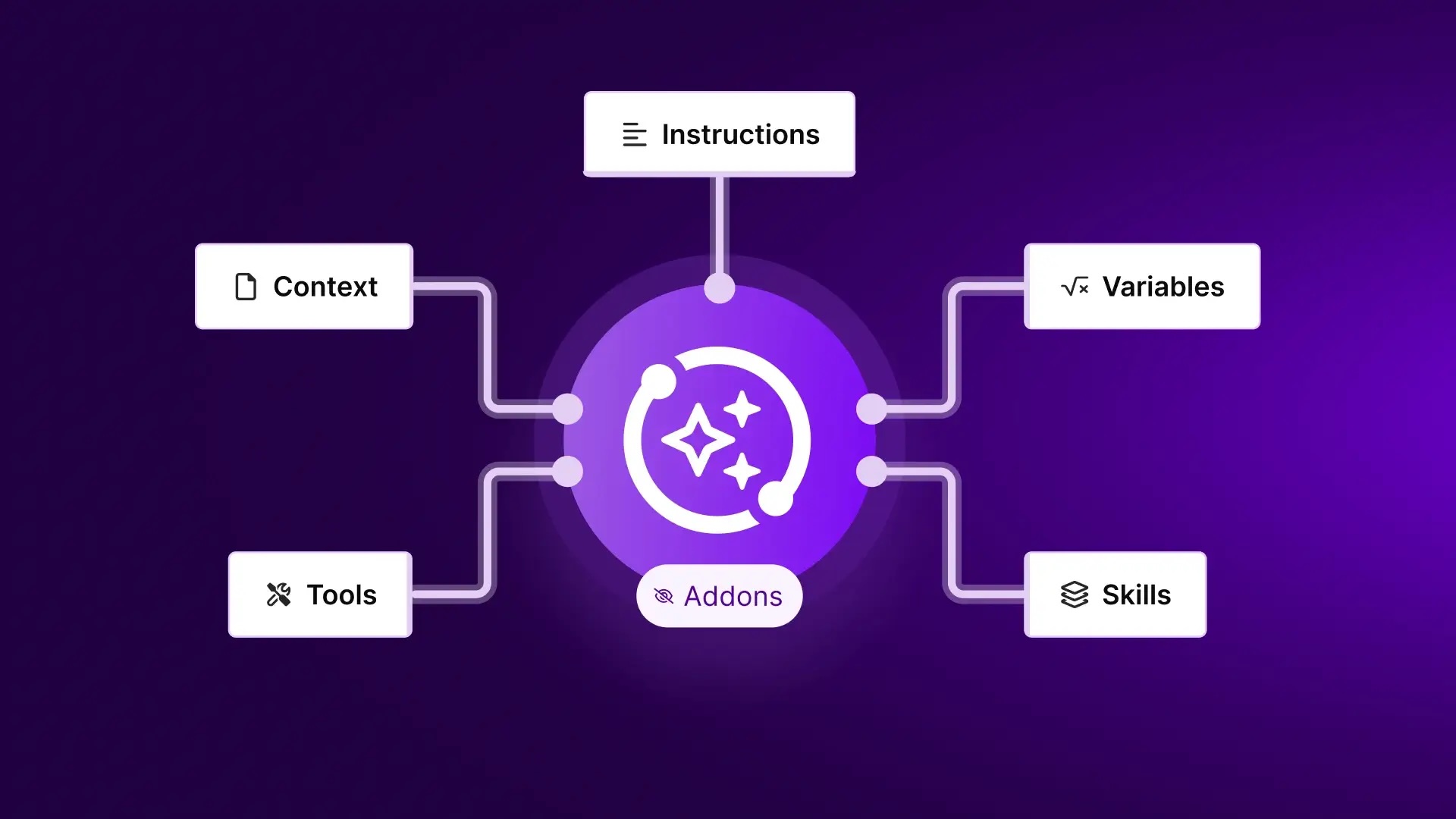Agentic AI is dominating AI headlines and industry conferences—and for good reason. The arrival of autonomous AI agents is forcing a rewrite of what automation means and what “virtual assistants” can really do. So, what makes this class of AI such a big deal, and where is it actually working (or still struggling) in August 2025?
What Sets Agentic AI Apart?
The term “agentic AI” represents a leap from passive, rule-based bots to proactive digital co-workers. Today’s top agents like OpenAI’s ChatGPT Agent combine tool-switching (browsers, APIs, terminals), autonomy, memory, and situational reasoning. These agents don’t just respond—they set sub-goals, analyze options, self-correct, and finish real, valuable tasks across applications and data sources, not just text.
Case Study: ChatGPT Agent Review
Released July 17, 2025, OpenAI’s ChatGPT Agent is a showcase of next-level intelligence. Tasks include:
- Managing your digital life: Syncing with your calendar, compiling news, and prepping meeting briefs.
- End-to-end workflow automation: From finding recipes to shopping for groceries (and checking out!), designing presentations, and cross-app research.
- Adapting tools on the fly: The agent knows when to browse visually, when to work with code, and when to summarize up-to-date sources—ensuring speed and safety.
Performance is impressive, but not yet perfect. The agent needs further reliability for high-stakes, time-critical tasks, and still struggles with visually dense sites. However, the potential is clearly there—a virtual “employee” for routine digital work.
Why Are Enterprises Betting Big on Agentic AI?
- Productivity gains: Early enterprise adoption (from Microsoft and Singapore to India’s ServiceNow AI leaders) is showing real results: measurable productivity boosts, redefined roles, and anticipation of over 10 million job transformations by 2030 in India alone.
- Cost Savings: Companies using AI agents have reported up to 90% operational cost reductions for basic tasks like customer support and content prep.
- Industry-Customized Agents: From logistics to finance, specialized “micro-agents” are showing up where the stakes (and efficiency rewards) are highest.
Trends Shaping the Future
Agentic AI in 2025 is defined by these trends:
- Multi-agent collaboration: Teams of agents that solve complex, distributed problems together.
- Memory-augmented interaction: Personalized, long-term service instead of one-size-fits-all replies.
- Multimodal capabilities: Handling chat, docs, images, and more for a seamless user experience.
- Robust guardrails: Security, privacy-first architecture, and explainability to meet rising regulatory and enterprise trust demands.
- Sustainable agentic design: ESG compliance and energy-aware deployments.
Not Just Hype: Hard Truths and Real Challenges
Despite stunning advances, agents still need oversight for critical decisions, and require robust infrastructure to ensure privacy and avoid costly errors. Enterprises, developers, and users are navigating a landscape full of promise, real ROI, and a healthy dose of caution.
Key Takeaway
Agentic AI is more than a news cycle fad; it’s a foundational leap for how we live, work, and automate. The advice for August 2025: experiment now, understand the boundaries, and build your workflows around these do-ers. The organizations that get this right today will define the next decade—not just in technology, but in every industry that relies on smart, adaptive automation.
Stay curious, automate wisely, and watch this space-because agentic AI is only picking up speed.
